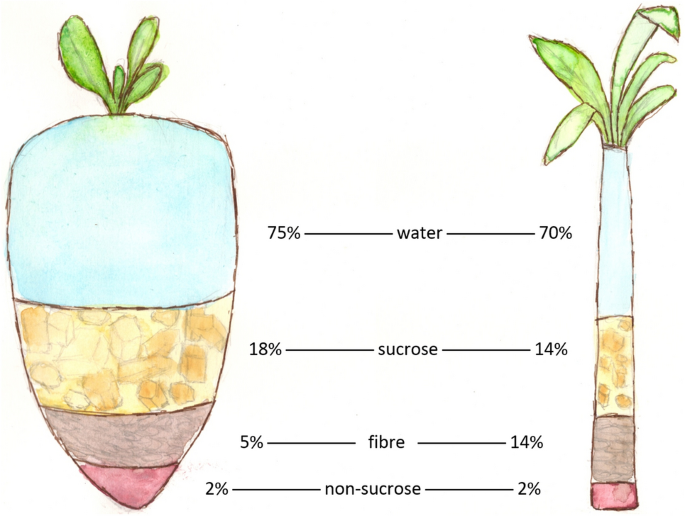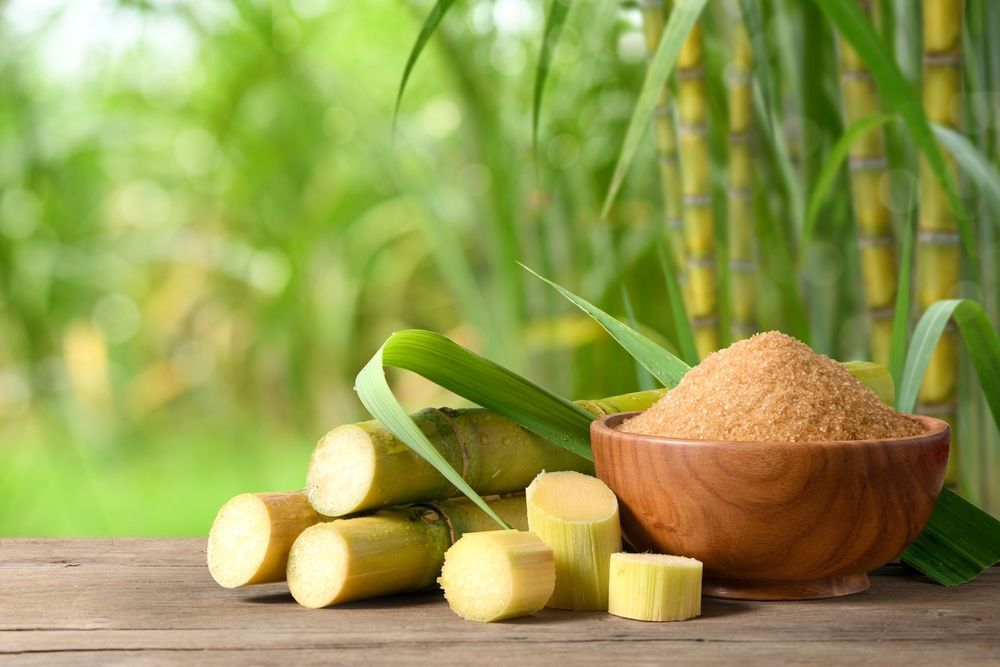Understanding the Nutritional Advantages of Beet Sugar Vs Walking Stick Sugar for Wellness Conscious Customers
When examining the dietary implications of beetroot sugar versus walking cane sugar, health-conscious customers find that both selections primarily consist of sucrose and offer comparable calorie worths, each adding about 16 calories per teaspoon. In spite of this resemblance, neither kind gives significant health advantages, as they are empty of important nutrients. Exploring the wider effects, including environmental considerations and long-term health effects of sugar consumption, may light up a lot more nuanced differences between these 2 sugars.
Nutritional Account and Caloric Value of Beetroot Sugar and Walking Stick Sugar
Although both beet sugar and cane sugar are mainly made up of sucrose, their dietary accounts and calorie values are remarkably similar. Each offers about 16 calories per tsp and is composed nearly entirely of carbohydrates, with very little amounts of protein or fat. These sugars also do not have substantial amounts of vitamins or minerals. The improvement procedure strips away many of the intrinsic nutrients, making both kinds virtually identical in regards to nutrition. There are trace differences in the impurities that remain after processing, which can somewhat influence the flavor and shade of the sugars, yet these are negligible in terms of wellness impact. For consumers focusing on dietary effect, the selection between beetroot and walking cane sugar is more concerning individual choice or potential ecological problems rather than dietary distinctions. Both should be consumed in moderation within a well balanced diet as a result of their high caloric material and absence of important nutrients (beet sugar vs cane sugar).
Environmental Effect and Sustainability of Sugar Production
While the nutritional distinctions in between beet sugar and cane sugar are minimal, their production processes present more considerable differences, specifically in regards to ecological influence and sustainability. Walking stick sugar manufacturing commonly involves substantial land usage and deforestation, which adds to habitat damage and biodiversity loss. This farming is likewise connected with high water intake and water contamination due to the drainage of chemicals and fertilizers. On the other hand, beetroot sugar production usually needs much less land and can be grown in more warm climates, which might decrease the requirement for irrigation and the associated water source deficiency.
Nonetheless, beetroot cultivation is not without its environmental challenges; it involves substantial energy inputs, specifically in the north environments where it is expanded, due to the requirement for longer home heating periods in sugar processing. Both sugar beetroot and sugar walking cane industries are discovering extra sustainable practices, consisting of crop rotation, natural farming, and improved waste management techniques to alleviate these impacts.
Health And Wellness Effects and Recommendations for Sugar Consumption
In spite of their very little nutritional differences, both beetroot sugar and walking stick sugar can have harmful health impacts when eaten in unwanted. High consumption of either kind of sugar adds to a variety of wellness problems, consisting of weight problems, kind Discover More 2 diabetes, and cardiovascular disease. Both sugars are pure sucrose and deal no vital nutrients besides calories, bring about quick spikes in blood sugar level levels upon intake.


Final Thought

Comments on “Some people prefer beet sugar vs cane sugar for its claimed health benefits and minimal processing.”